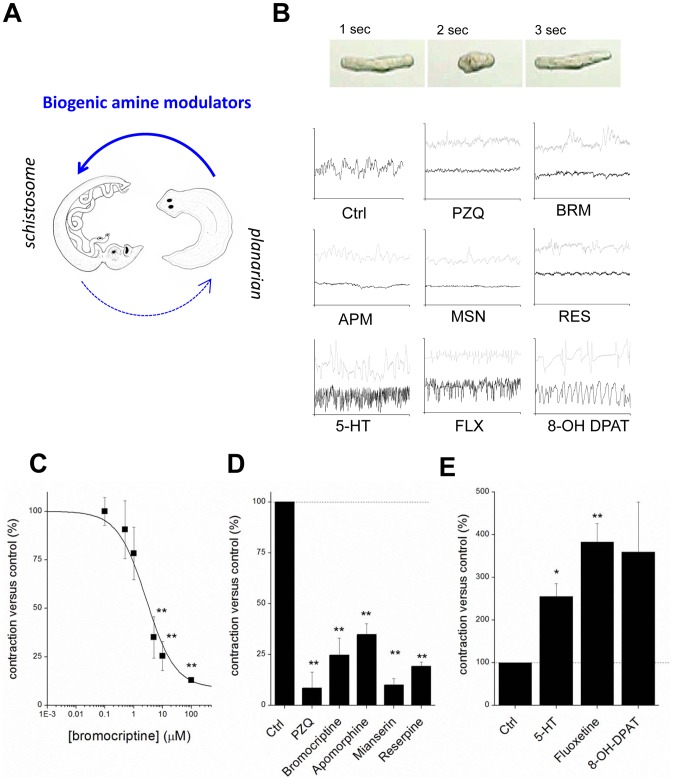Figure 4. Compounds that miscue planarian polarity regulate schistosomule contractility.
(A) Compounds transferred from planarian regenerative assay to schistosomule screen. (B) Top, image sequence showing periodic basal contractile activity of a schistosomule. Bottom, body length versus time plots for individual schistosomules treated with small molecules (low dose, grey; high dose, black). Drug concentrations (30 minute exposures) were: bromocriptine (BRM, 1 µM; 10 µM), praziquantel (PZQ, 1 µM; 10 µM), apomorphine (APM, 1 µM; 10 µM), mianserin (MSN, 5 µM; 10 µM), reserpine (RES, 10 µM; 50 µM), 5-HT (10 µM; 100 µM), fluoxetine (FLX, 1 µM; 10 µM), 8-OH DPAT (1 µM; 10 µM). (C) Dose-response relationship showing the effects of increasing concentrations of bromocriptine on schistosomule contractility. (D&E) Cumulative dataset from experiments such as those shown in ‘B’ for compounds active in the planarian regenerative bioassay parsed into compounds that (D) inhibit and (E) stimulate schistosomule contractility. Drug concentrations were the higher dose of values reported in (B). Dashed line, basal level of contractility.

